Examples of Interventions Used in Evidence-Based Therapy
According to EBT, therapists should use the best available evidence to provide appropriate treatment, maximizing the likelihood of a positive treatment outcome (Canadian Psychological Association, 2012).
They should also monitor clients’ reactions to treatment, tailoring the therapy interventions accordingly and “adjusting the content, sequencing, timing, or pacing of treatment elements” as appropriate (Canadian Psychological Association, 2012, p. 10).
The following examples of therapeutic interventions are evidence led, research driven, and consider the client’s needs and situation.
Cognitive Therapy
Cognitive Therapy (or cognitive restructuring) focuses on identifying and changing unhealthy and distorted patterns of thinking that contribute to negative emotions and behaviors. Combined with Behavior Therapy, it forms the foundation of Cognitive-Behavioral Therapy (Beck, 2011; Stallard, 2022).
Cognitive Therapy-based interventions for children, adolescents, and adults as individuals and families have been well validated, including in the following areas (Stallard, 2022; Koster et al., 2017).
- Psychoeducation
Explaining the goals and processes behind Cognitive Therapy can help clients examine their responses to triggers that produce negative thinking. With psychoeducation, clients are encouraged to self-monitor their thoughts and feelings and identify short and long-term goals (Canadian Psychological Association, 2012).
- Cognitive control training
Improving cognitive control processes can enhance cognitive flexibility and emotional and attentional control, and reduce maladaptive patterns of thinking and behavior associated with mental health problems (Koster et al., 2017).
The Stroop task is an example of cognitive control training. It involves saying the color of words while ignoring what the words actually say, which can be challenging because of the interference between automatic reading and controlled processing.
- Cognitive restructuring interventions
Cognitive restructuring and cognitive change interventions (challenging and modifying negative or distorted thoughts) have been shown to improve mental health conditions, including depression (Lorenzo-Luaces et al., 2015).
Behavior Therapy
Behavior Therapy eliminates and changes “ineffective or maladaptive patterns of behavior” (American Psychological Association, n.d., para. 1).
There is limited recent research into Behavior Therapy as it now, in combination with cognitive therapy, forms the foundation of CBT, which receives considerable attention.
- Behavioral activation
Behavioral activation is a powerful approach for overcoming depression.
When a person is depressed, they often experience decreased motivation and withdraw from activities they once enjoyed (Lorenzo-Luaces et al., 2015).
Behavioral activation involves the client monitoring daily activities, noting their enjoyment, and then scheduling activities that align with their values and interests (Lorenzo-Luaces et al., 2015).
- Token economy
This has been proven successful at reducing unwelcome classroom behavior.
It involves using tokens or points as rewards that can be exchanged for items or privileges to reinforce desired behavior (Reitman et al., 2004).
Family therapy
Family therapy helps family members improve communication, support one another, and resolve conflicts (Carr, 2014).
Family therapy interventions are effective at addressing “relationship distress, psychosexual problems, intimate partner violence, anxiety disorders, mood
disorders, alcohol problems, schizophrenia, and adjustment to chronic physical illness” (Carr, 2014, p. 158).
Sample family therapy interventions include:
- The miracle question
The miracle question involves asking family members to imagine a possible world where problems have gone away or have been solved. This prompting has proven to be an effective intervention for contrasting successful therapeutic outcomes and encouraging the clients to work toward shared goals (Yu, 2019).
- Genograms
Mapping the relationships between family members has proven helpful in identifying behavioral patterns within the past and present and encouraging the resolution of emotional issues (Goldenberg, 2017).
Evidence-Based Therapy for Depression and Anxiety
Evidence-based therapy has been shown to have a positive effect on treating clients with depression and anxiety and can have multiple forms.
Cognitive-Behavioral Therapy
CBT is like Cognitive Therapy (CT) and shares the same core theory. However, they are not identical. CBT encompasses CT but focuses on achieving behavioral change through changing incorrect and unhelpful thinking using the relationship between thinking and behavior (Beck, 2019; Beck & Fleming, 2021).
“Cognitive–Behavioral Therapy (CBT) is a practical, goal-focused approach that helps children understand the relationship between their thoughts, feelings and behaviors” (Stallard, 2022, p. 109).
Anxiety and depression are linked to unhelpful cognitive patterns and can benefit from challenging such biased and distorted thinking with interventions such as the following (Stallard, 2022; Canadian Psychological Association, 2012; Beck, 2011).
- Thought and feeling diaries can identify dominant thinking traps, such as “mind reading” (the tendency to make assumptions or believe we know what others are thinking) and “all-or-nothing” thinking (perceiving events and situations in extremely polarized terms). Identifying such cognitive distortions can help manage and avoid them in the future.
- Setting small targets and goals can be helpful when experiencing social anxiety. Therapists and clients work together to set small targets, such as reengaging with friends and attending small social gatherings. Over time, the small steps build into more significant behavioral changes that can help overcome anxiety.
While there is considerable evidence for the effectiveness of face-to-face CBT interventions in treating anxiety and depression, increasing research proves its value when delivered digitally (Stallard, 2022).
Mindfulness-Based Cognitive Therapy
Mindfulness-Based Cognitive Therapy (MBCT) is a branch of Cognitive Therapy that has successfully treated depression and anxiety and received clinical and research-based support (Canadian Psychological Association, 2012).
MBCT “was developed as a targeted approach for people who have a history of depression and are therefore vulnerable to future episodes” (Crane, 2009, p. 3). Practicing mindfulness helps clients bring body sensations, emotions, and thoughts to their attention and respond better to early indicators of a relapse (Crane, 2009; Canadian Psychological Association, 2012).
Further research confirms that “emotional management skills such as relaxation training, mindfulness, positive imagery or activity rescheduling may be developed to reduce the intensity or frequency of these unpleasant emotions” (Stallard, 2022, p. 109).
Dunning et al. (2019, p. 248) found that “participants receiving an MBI [mindfulness-based intervention] improved significantly more than those receiving the control conditions.”
Evidence-led MBCT practices include interventions such as the following (Crane, 2009; Stallard, 2022; Dunning et al., 2019):
- Body scan practice
Clients are guided to attend to all regions of the body, starting with the toes and then moving up to the head. The individual is encouraged to connect with the direct experience of physical sensations of the body and breathing.
“The body scan helps us learn to aim and sustain the attention where we want it, and to deliberately engage and disengage as we move attention through the body” (Crane, 2009, p. 112).
- Sitting meditation
Once seated and comfortable, clients are encouraged to remain relaxed yet alert while “developing the ability to be with experience within the body” (Crane, 2009, p. 121).
The therapist brings their attention to different aspects of the experience, including the movement of breath, body sensations, and emotions, and bringing to mind an existing difficulty.
- Mindful movement
Mindfulness doesn’t always mean remaining static. In mindful movement, the client is prompted to become more present with bodily experience in motion.
The participant is guided to move and stretch, choosing when to hold or move more deeply.
Research continues to find favorable evidence for the beneficial effects of mindfulness interventions for managing depression, anxiety, and stress (Dunning et al., 2019).
Psychotherapy
Psychotherapy, such as Interpersonal Therapy and Brief Psychodynamic Therapy, effectively treats depression and anxiety (Canadian Psychological Association, 2012).
“A sizeable body of evidence drawn from a variety of research designs and methodologies attests to the effectiveness of psychological practices” (American Psychological Association, 2021, para. 2).
For psychotherapy to be evidence-based and ethical, interventions must be grounded in the data rather than the personal opinion of the therapist while considering and maximizing client choice (Cook et al. 2017).
A small sample of evidence-based therapies for treating anxiety and depression (excluding those already mentioned under CBT and MBCT) include what are sometimes referred to as third-wave CBT, such as the following:
- Acceptance and Commitment Therapy (ACT)
ACT has been shown to reduce anxiety and depression while increasing quality of life (Forsyth & Eifert, 2016).
Rather than directly addressing negative emotions and thought patterns, it focuses on learning skills that cultivate a kinder, gentler relationship with clients’ anxious bodies and minds (Forsyth & Eifert, 2016).
Typical evidence-based interventions include the following (Forsyth & Eifert, 2016):
-
- Finding values – Identifying what matters to the client and what they want their life to be about can positively impact wellbeing and help manage anxiety and depression.
- Mindful acceptance – Accepting negative emotions can help clients regain control of their lives. Mindfulness practices do not attempt to manage, avoid, or change negative feelings, but recognize and accept them.
- Schema Therapy
Schema Therapy aims to create high-quality lives through healing maladaptive schemas formed in early life. By helping clients develop psychological awareness and gain more control over their thinking and behavior, they can change their perceptions and psychological experiences (Young et al., 2007).
Interventions include the following:
-
- Guided imagery can access past, current, or future (expected) experiences to rescript and reimagine trauma or replace negative emotions with positive ones.
- Chair dialogues are sometimes used with clients to express their sadness and negative emotions. Each chair represents a different schema mode (such as a punishing parent) and can be used to engage the client’s anger and upset.
7 Templates for Treatment Plans in EBT
While EBT encourages additional care when selecting treatments for clients, taking into account the quality and availability of related research and data, plans are similar to those for other psychotherapies (Canadian Psychological Association, 2012; Cook et al., 2017).

 “Ultimately, the goal of EBP is the promotion and implementation of psychotherapies that are safe, consistent, and cost-effective” (Cook et al., 2017, p. 539).
“Ultimately, the goal of EBP is the promotion and implementation of psychotherapies that are safe, consistent, and cost-effective” (Cook et al., 2017, p. 539).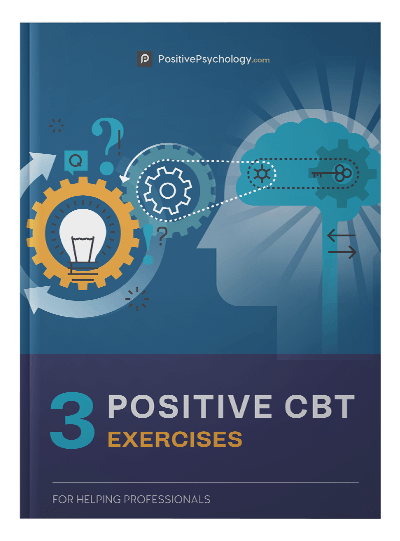
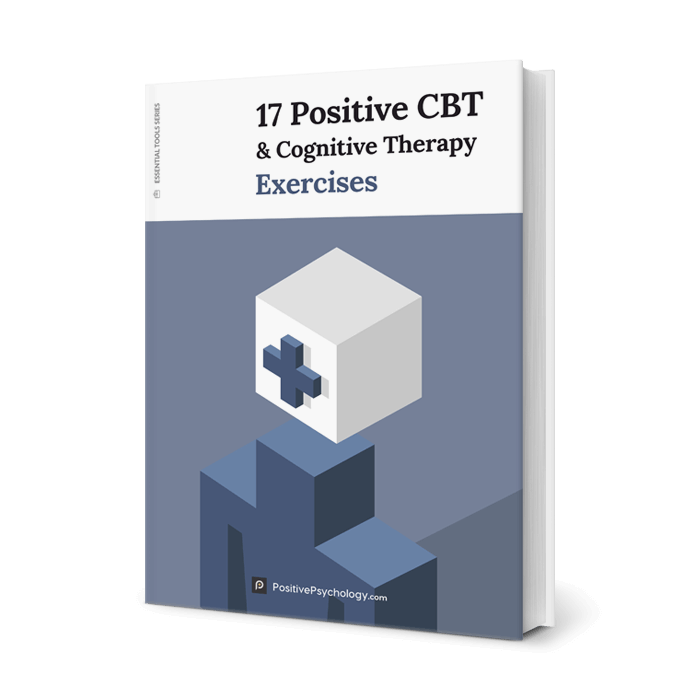
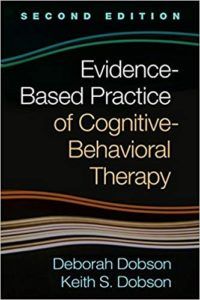
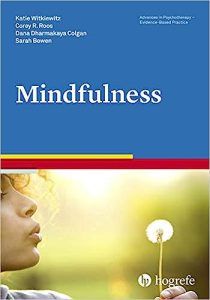
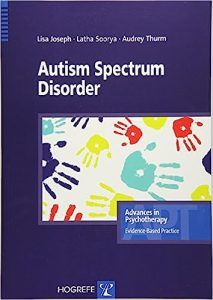
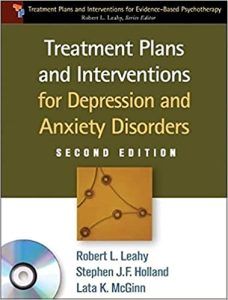
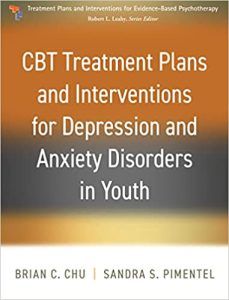



What our readers think
This is pure evidence-based facts. The article is great, and students should embrace it more.
This article is to the point and very understandable. Examples are excellent.
This article is wildly misleading. Empirical research does not reveal that evidence-based therapies are more effective — “evidence-based therapy” is a blatant misnomer. Please do your own research after reading this article!
Thank you Brynne for your input. We agree that when researching a concept, look at a wide selection of resources. The article has now been refreshed and may not correlate with your comment any more. However, we always appreciate debate and will leave your feedback in place.
– Annelé | Publishing Editor
Hello, thanks for the excellent article. Is it possible to get it in pdf. version? Sincerely, Barbara
Hi Barbara,
I’m afraid we don’t currently have an option to download these posts as PDF, but I will certainly pass the suggestion onto our team.
Thank you for being a reader.
– Nicole | Community Manager
Simply wish to say your article is as amazing. The clearness in your post is simply great and i can think you’re an expert on this subject. Fine with your permission let me to grab your feed to keep updated with drawing close post. Thanks a million and please continue the gratifying work.
Hi Katharina,
Thank you for your kind feedback. Yes, please feel free to continue following us. You can always check in here to see our latest posts. 🙂
– Nicole | Community Manager
I really enjoyed reading this article, especially the examples about EBP. thanks to the publisher
Great article. Gives great insight in understanding EBP.
The author should be careful about using the term “proven to be effective.” That term is misleading and violates scientific principals. Instead, he should have stated that a particular therapy/ intervention has research supporting its effectiveness. Just because a drug or treatment has one research supporting its effectiveness does not mean it has been “proven” to be effective because there could be 10 other unpublished studies showing that the drug/treatment fails to treat the targeted condition.
Very important point. Thank you.
I agree wholeheartedly with Jay. I encourage people to educate themselves about some of the pitfalls involved in research in psychology. Searching on the phrase “replication crisis psychology” is a good start.
Very well written and researched! I appreciate your time and insights. Best, Sarah May.
Thank you for this article. Now I know where to start my assignment on EBP. Cheers, Lynette.